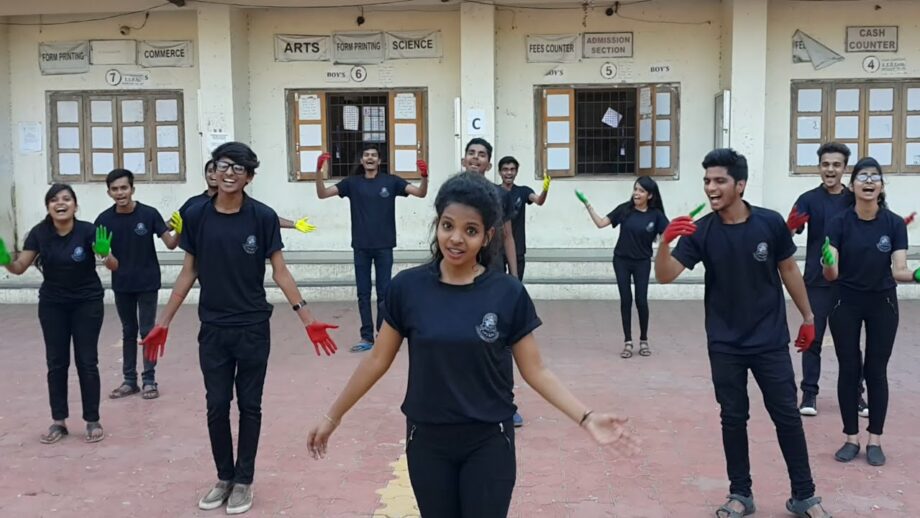A catalyst of awareness, revolution and change, the roots of Street Theatre in India can be traced all the way back to the colonial era. Very simply put, street theatre is a form of play that is characterized by a group of actors performing a play or a shot skit in open spaces. You may come across these ‘Nukkad Nataks’ at your local vegetable market or in the park around your street corner or right in front of a government building. For the longest times, street theatre has been used as a means to draw attention to political and social issues.
One of the main reasons why street theatre has flourished is the fact that it gives the thespians and dramatists to create a connection with their audience which isn’t entirely possible with other forms of theatre. In the 20th century, street theatre was the tool used by freedom fighters to kindle the spirit of revolution in the working middle class. So you see, these street artists aren’t just providing free entertainment.
Badal Sircar is one of the known pioneers of street theatre. In fact, he spent a considerable portion of his career propagating ‘Third Theatre’ which broke free of the binds of proscenium theatre. Safdar Hashmi is yet another dramatist known for his contribution to street theatre.
The themes of street plays can vary from educating the commoners about hygiene to social issues like women oppression. Since the audience is anyone who is willing to slow down in their daily routine and stop to watch the plays, street plays are often short. Here, the onus is not just on the person writing the script or directing the play but also on the actors – how well they use their voice to hook the onlookers.
The street dramatists also have to ensure that they have made their message appealing and yet hard hitting by bundling up their message in a covering of humor and catchy tunes.


